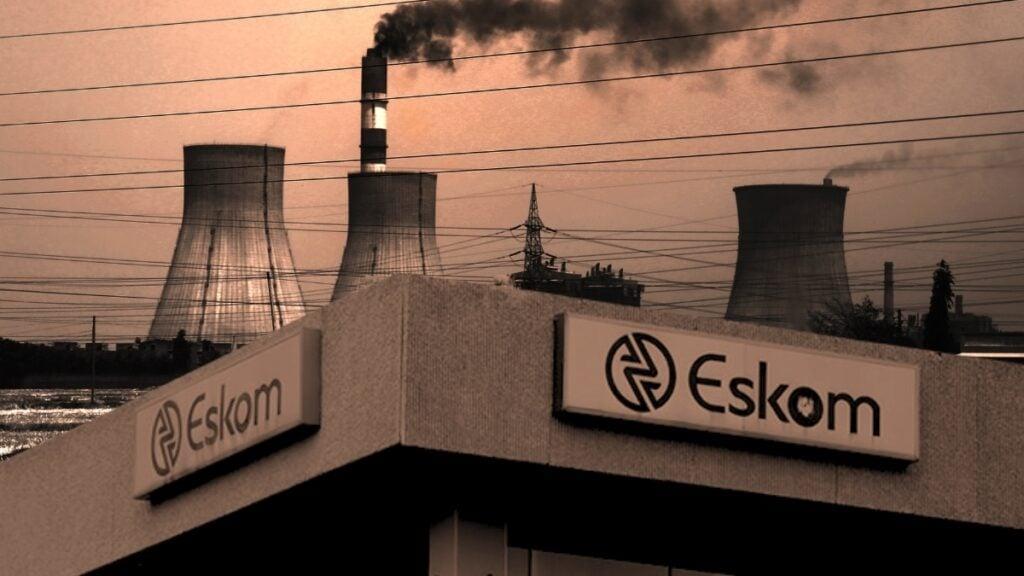Africa-Press – South-Africa. South Africa’s electricity tariffs have risen sharply over the past few years due to decades of below-cost pricing to keep electricity cheap and attract investment into heavy industry.
This has, in turn, weakened Eskom’s finances and resulted in it pushing for significant increases to ensure tariffs are cost-reflective.
Combined with the utility’s historic mismanagement and rising cost of producing electricity due to its ageing coal-fired fleet, electricity tariffs have had to rise sharply over the past decade.
This is feedback from the head of the energy secretariat at the South African National Energy Development Institute (SANEDI), Professor Sampsom Mamphweli.
Mamphweli explained to Newzroom Afrika that South Africa’s electricity prices were very low in the past to attract investment in heavy industry and make companies in this sector globally competitive.
This supported the creation of thousands of jobs and industrial giants, such as ArcelorMittal, which are now at risk from rising electricity prices.
“However, this got to a level where the cost of generation was not reflected accurately in the price of electricity. Basically, the tariff that was being paid was less than the cost of generating electricity,” Mamphweli said.
This was partly due to the low electricity prices and the fact that the cost of maintenance at Eskom’s coal fleet began to increase as the plants aged.
“The coal fleet was only getting older, and with age, it requires more maintenance, which is costly. This created a widening gap between the tariff and the cost of maintenance required.”
As a result, the price of electricity was going to have to rise, with Eskom’s mismanagement exacerbating the extent of the increases needed.
Mamphweli explained that the current pricing framework allows for cost recovery and minimum allowable profit.
The minimum allowable profit is the money that Eskom and any other electricity producer uses to maintain their generation, transmission, and distribution systems.
As a result, Eskom has been pushing for this part of the electricity price to rise to get it to a level where the tariff is reflective of its immense maintenance cost.
In the past, the government has given Eskom cash injections to help fund its maintenance projects, effectively bridging the gap between the tariff and the utility’s costs.
This is no longer a sustainable solution, with the government’s financial health deteriorating significantly – leaving Eskom to push for higher prices.
The rise in electricity tariffs over the past twenty years can be seen in the graph below, courtesy of the Organisation for Economic Co-operation and Development (OECD). It shows that electricity prices began to spike from 2009 onwards.
Low-cost electricity hurt Eskom
In its latest economic survey of South Africa, the OECD explained how low electricity prices weakened Eskom’s financial health.
The organisation said the long-term solution to lower electricity costs is to bring new technologies online and increase competition in the electricity sector.
In the late 1990s and early 2000s, South Africa had some of the cheapest and most reliable electricity in the world, enabling heavy industry to invest in the country and compete globally.
This was partly due to historic investments in generation capacity and infrastructure, which pushed costs down, but another key part was below-cost pricing to support companies.
As a result, South Africa now has a major issue around raising tariffs to reflect the true cost of electricity after years of below-cost pricing weakened Eskom’s finances.
Raising electricity prices to reflect the cost of production is difficult, as it will create major affordability challenges, the OECD said.
Furthermore, for a cost-recovery approach to work, it is essential that services are delivered efficiently and consistently.
Currently, South Africans are paying more for electricity services that are unreliable and insufficient to grow the local economy.
The unreliability of electricity supply, combined with corruption and mismanagement, has contributed to driving up operational costs, further complicating public acceptance of higher rates.
The OECD said implementing cost-recovery tariffs is essential for Eskom’s financial health, but requires it to provide reliable electricity much more efficiently to avoid burdening consumers with unnecessary costs.
These cost increases could be reduced over the long term by increasing competition in the sector and greatly improving existing infrastructure.
Planned reforms aim to create a decentralised wholesale market in five years and will contribute to promoting efficiency.
At the same time, the country has to invest in new generation technologies, from gas and nuclear to renewables and battery storage.
These energy sources could be significantly cheaper than Eskom’s current ageing coal-fired power plants.
For More News And Analysis About South-Africa Follow Africa-Press






